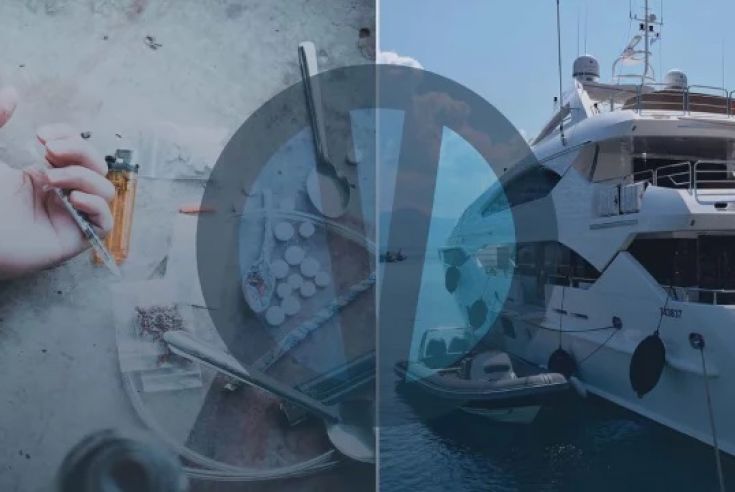POA
EnquireSchool Sunsail UK
Location Portsmouth, UK
Duration 1 day(s)
Dates Contact for more info
Accommodation None Included
The International Certificate of Competence (ICC) is a test of competence that provides the student with an internationally recognised qualification.
The ICC, or higher certification, is required in both Croatia and Greece and other countries, particularly in Europe, where governments are increasingly looking for recognised certificates to confirm the student reaches an internationally agreed level of competence.
Students with previous skippering experience can be assessed for ICC elegibility at our Port Solent, UK base. The purpose is to provide documentary assurance from one government to another that the holder meets an agreed level of competence.
Those with limited skippering experience can complete the five-day ICC course (at Port Solent) which culminates in the assessment.
Course Structure
Departing a pontoon
•Communication with crew
•Use of springs
•Fender positioning
•Man over board (MOB) procedures
•Correct direction and speed of approach
•Contact with MOB
Alongside skills
•Communication with crew
•Awareness of other water users
•Use of warps/fenders
•Correct angle and speed of approach
•Securing boat to pontoon
360-degree turn
•How to do a 360-degree turn
Securing to a buoy
•Communication with crew
•Preparing warp
•Correct angle and speed of approach
•Securing the boat effectively
•Departing from the buoy safely
Handling under sail
•Choosing suitable sails for prevailing conditions
•Choosing a suitable area for hoisting/lowering sails
•Trimming sails correctly
•Communicating with crew before undertaking any manoeuvres
•Undertaking a check of the area before tacking and gibing
Power manoeuvres
•Awareness for other water users
•Use of a kill-cord
•Choosing a suitable area to carry out manoeuvres
•Carrying out an emergency stop
•Able to control speed on turns and warning crew before starting and executing emergency turns
Theory test
Regulations
•Able to recognise a potential collision situation
•Able to recognise action to take as “stand on” and “give way” vessel
•Able to determine a safe speed
•Able to recognise manoeuvring signals
•Able to recognise and make visual distress signals
•Able to keep a proper lookout
Regulations and Pilotage
•Able to understand requirements for navigation lights and ships
•Able to recognise sound signals
•Able to recognise the following from the lights – vessel at anchor, power driven vessel and sailing vessel
•Able to recognise, by day and night, and understand the significance of buoys of the IALA system
•Able to plan a harbour entry/departure, taking in to account possible hazards
•Aware of the sources of information regarding local regulations, port entry and departure signals and Port Operations radio
Navigation
•Able to plot a position by cross bearings and by Latitude and Longitude
•Able to interpret a navigational chart and understand charted depths, drying heights and charted hazards
•Able to use a tide table to find times and heights of high and low water
•Able to determine direction and rate of tidal stream from a tidal atlas or from tidal diamonds
•Able to determine magnetic course to steer, making allowances for leeway and tidal stream
There is currently no requirement to have completed a specific course covering the above and completion of any good all round basic tidal navigation and seamanship theory course should be sufficient.
Useful Information
Taking the Essential Navigation and Seamanship (ENAS) online course prior to your ICC Assessment. This ENAS online course will give you the essential knowledge needed when you’re afloat, from navigation to safety and seamanship to passage planning.
The International Certificate of Competence Assessment is an internationally recognised certificate that enables the holder to sail in countries where formal qualifications are compulsory.
As many countries now require visiting yachtsmen to hold formal qualifications, the ICC provides documentary assurance from one government to another that the holder meets an agreed level of competence. The ICC is a test of competence, it is not a qualification.
If you have attended an RYA practical training course, presenting your certificate with your ICC application form may be sufficient, or you can take the one-day exam from our base in Port Solent, UK.
This certificate can only be obtained by UK residents and proof of your residential address will be required. The one-day exam will test you on basic boat handling, mooring skills and your knowledge of yacht preparation and rules of the road.



